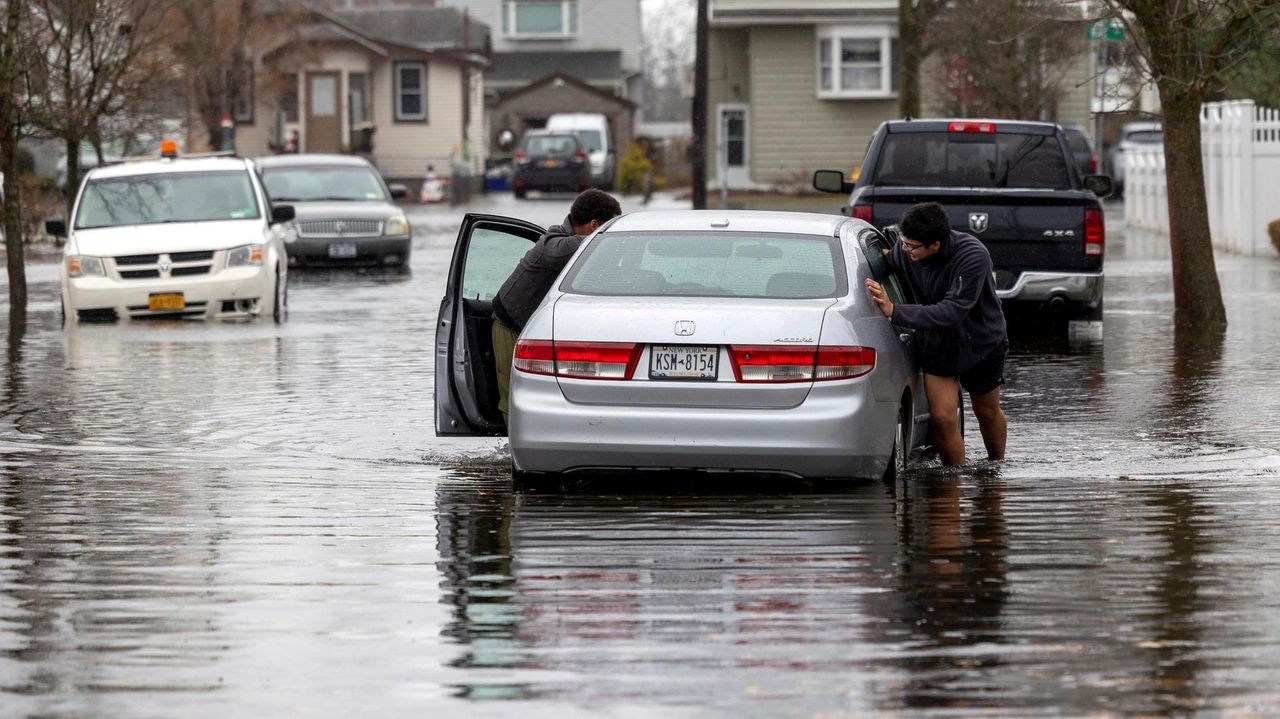It’s become clear that Long Island faces serious environmental problems from global warming. The question for Albany is: Who should pick up the tab?
With 2023 expected to be the hottest year recorded in human history, rising heat is impacting Long Island now. In September, for example, biblical rains devastated the tristate area, fresh evidence that the costs of adapting infrastructure to the world climate’s “new abnormal” will be staggering. Nowhere got more rain than southwestern Nassau County. More than nine inches of rain reportedly fell in Valley Stream.
This is on top of the devastating Canadian wildfires, which poisoned the air in downstate New York.
Less well-known are the future financial costs resulting from a rapidly heating planet.
Urban infrastructure was designed for the world pre-climate change, according to experts at the Columbia Climate School at Columbia University. New York City’s aging sewer system, for example, was largely designed over a century ago to handle no more than 1.75 inches of rain in a one-hour rainstorm. Brooklyn got 2.5 inches in one hour in September.
Upgrading that system to handle an increasingly hotter and wetter climate will cost as much as $100 billion. That’s on top of the $52 billion the U.S. Army Corps of Engineers has estimated it will cost to protect New York Harbor from rising sea levels and storms.
Long Island also faces up to $100 billion in climate costs — costs that you will have to pay. A study from State Comptroller Tom DiNapoli found that from 2017 to 2026, 55% of New York municipal spending outside of NYC was or will be related to climate change. New Yorkers are already paying. Since August 2022, Gov. Kathy Hochul has unveiled some $2.7 billion in state money for climate-related projects — either responding to disasters or spending to help protect from future ones.
Those costs — like the temperature of the planet — are expected to keep increasing. New Yorkers could see costs rise to as much…
Read the full article here

Leave a Reply